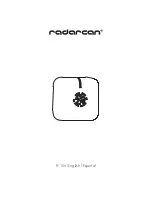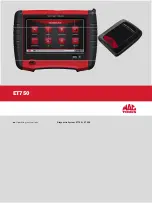
Remote control commands
R&S
®
RTB2000
356
User Manual 1333.1611.02 ─ 11
RUNT
The runt search finds pulses lower than normal in amplitude.
The amplitude crosses the first threshold twice without crossing
the second one. In addition to the threshold amplitudes, you can
define a time limit for the runt in the same way as for width
search: runts with exact width, shorter or longer than a given
time, or runts inside or outside the allowable time range.
RTIMe
The rise or fall time search finds slopes with an exact rise or fall
time, or rise/fall times shorter or longer than a given limit, or rise/
fall times inside or outside the allowable time range.
DATatoclock
The Data2Clock search - also known as setup/hold - finds viola-
tion of setup and hold times. It analyzes the relative timing
between two signals: a data signal and the synchronous clock
signal. Setup time is the time that the data signal is steady
before clock edge. Hold time is the time that the data signal is
steady after clock edge.
PATTern
The pattern search finds logical combinations of channel states
inside or outside a specified time range. For each channel, its
state and threshold level is defined. The states are combined
logically, and the time of true pattern results is compared with a
specified time range.
PROTocol
The protocol search finds various events in decoded data of sig-
nals, for example, a specified frame type, identifier, data, and
errors. Available search settings depend on the configured bus
type.
Protocol search is not available for bus types PARallel, I2C, SPI
(no CS), SPI (with CS), and UART.
*RST:
EDGE
Manual operation:
See
SEARch:SOURce
<SearchSource>
Selects the waveform to be analyzed.
Parameters:
<SearchSource>
CH1 | CH2 | CH3 | CH4 | QMA | RE1 | RE2 | RE3 | RE4
Any active channel, math, or reference waveform can be
searched.
For protocol search on CAN and LIN signals, an active serial
bus is the search source.
*RST:
CH1
Example:
Chapter 15.2.3.1, "Searching for a pulse of specified width"
Waveform analysis
















































